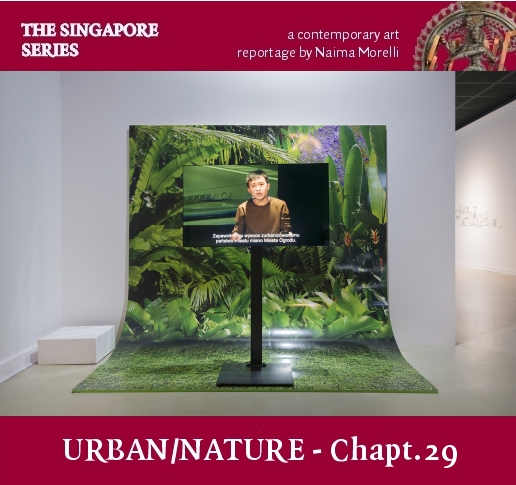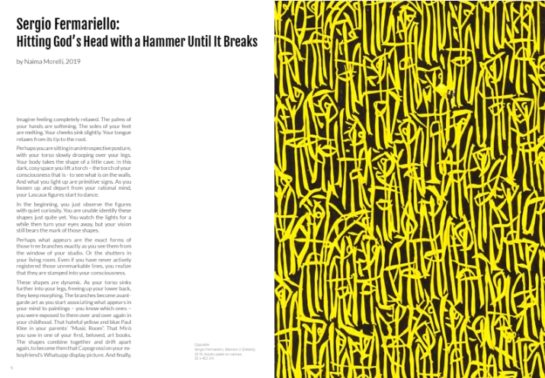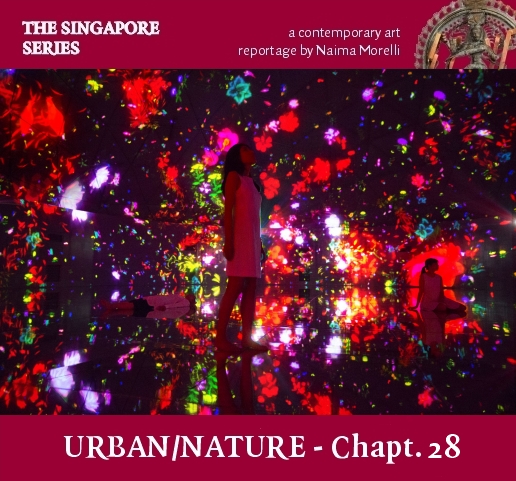
Nature in Singapore
The garden city utopia was conceived well before Singapore would reclaim this title for itself. The term was first created in 1898 by utopian thinker Ebenezer Howard. The concept of having housing outside the city, providing to each house its own garden, was made possible by the brand new railroad, which made transportation possible. Again, it was a way to go home, away from the industrial pollution. This idea was successfully implemented in Anglo-Saxon countries. In the US especially, this sort of nuclear family solution came to correspond with the American dream.
As we mentioned earlier, suburbia proved problematic not only on a social level. There are also other problems involving a shortage of horizontal space, and most importantly, the transportation which made possible the idea of garden city must today be reduced for environmental reasons. Today’s transportation calls for a different conception of the garden city, a garden city that is mainly vertical, and that is what has been implemented by Singapore. In its modern idea of the Garden City, Singapore wants to show that nature and business can be integrated. The western division between leisure and work doesn’t have to be so sharp. Business life doesn’t have to necessarily happen away from nature, and be balanced by it. This corresponds, on a wider scale, to the dismantling of the idea of work-life balance, as if work and life would be two separate entities. What is valid for the individual is valid also for the wider community. It is true that there is a place to sleep, a place to work, a place to relax, but we must keep in mind that in our mind and life the boundaries are not so strict as walls.
Read More















